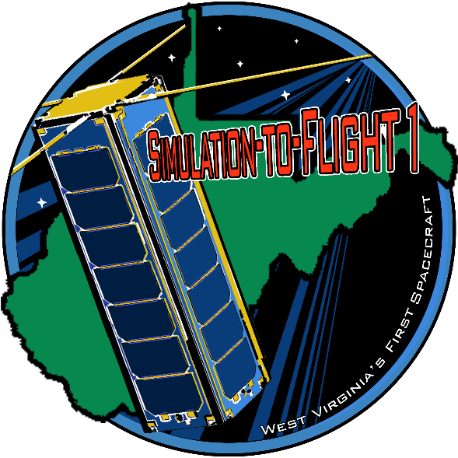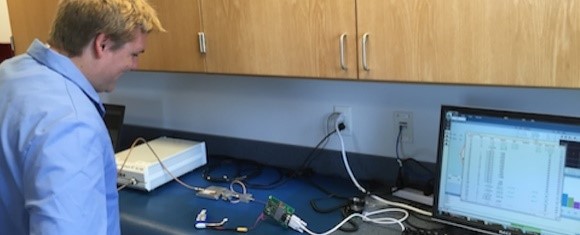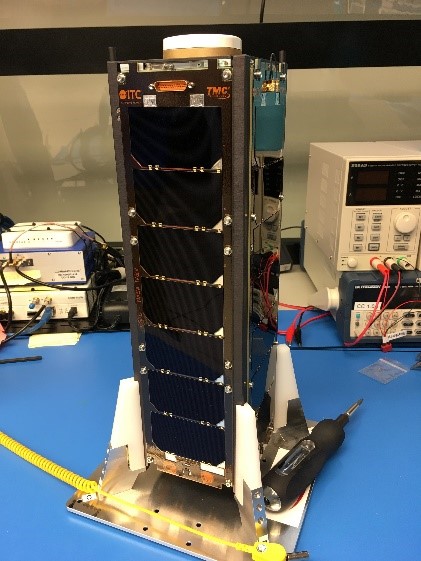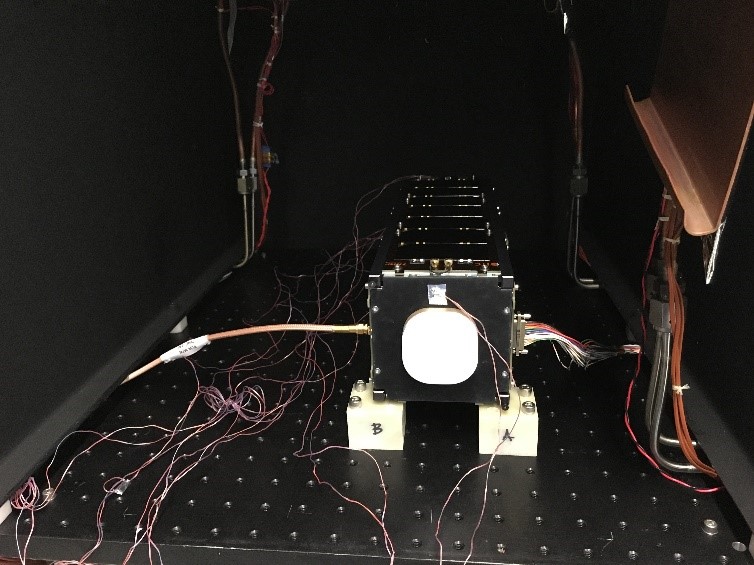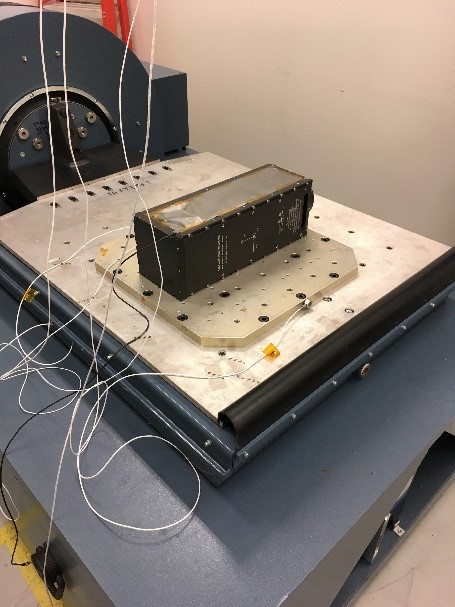Simulation-To-Flight 1
Simulation to Flight 1 (STF-1) is West Virginia’s first CubeSat, or small satellite. It was built under NASA’s CubeSat Launch Initiative, where potential launch opportunities are provided to select CubeSat proposals from NASA Centers, accredited US educational or non-profit organizations. NASA’s main goal in this initiative is to provide CubeSat developers access to a low-cost pathway to conduct research in the areas of science, exploration, technology development, education or operations. JSTAR’s main goal in this mission is to fully demonstrate the capabilities of the NASA Operational Simulation (NOS) technologies, most notably its development of the NASA Operational Simulation for Small Satellites, or NOS3.
JSTAR had a huge outreach opportunity with West Virginia University through the support of NASA IV&V and West Virginia Space Grants Consortium (WVSGC). By being partnered with JSTAR engineers and scientists, WVU Engineering, Computer Science, and Physics departments got to learn first-hand the rewards and challenges involved in working in any STEM career such as with NASA. More specifically, WVU provided their experimental ideas and worked alongside the JSTAR team to incorporate their scientific instruments into STF-1.
Along with offering their professional project management, JSTAR has supported WVU in their scientific development and research. By offering their software resources to this CubeSat, STF-1 has the capability of recording data once it’s launched into orbit around Earth—data that can be sent directly to WVU for STEM research and the education of future scientists.
While community outreach is a huge component of this mission, major benefits for NASA and JSTAR have come of it as well. In the development of these NASA Operational Simulation technologies and their demonstrations in the STF-1 mission, the IV&V tool-set has been matured to better support current and future NASA missions.
For example, these NOS technologies, among them NOS3, have demonstrated significant value in several areas such as: the James Webb Space Telescope, Global Precipitation Measurement, Juno, and Deep Space Climate Observatory in the areas of software development, mission operations/training, verification and validation, test procedure development, and software systems check-out.
On Sunday, December 16, 2018, at 1:33 AM EST West Virginia’s first spacecraft – STF1 – was successfully launched into orbit on the first ever Venture Class Launch Services mission via Rocket Labs Electron Rocket (https://www.rocketlabusa.com/electron/). The launch can be viewed on-line at https://www.youtube.com/watch?v=F7Kr3664hJs&t=1080s. The launch took place from Auckland, New Zealand, and STF-1 was one of several payloads housed within California-based Rocket Lab’s Electron vehicle within the ELaNa-19 mission (Educational Launch of Nanosatellites).
STF-1 continues to remain healthy and operating its experiments. Downlinks continue to occur daily. The STF-1 team is coordinating with the West Virginia University science teams to analyze the data.
STF-1 in the test-pod, on the Vibration Table at Goddard Space Flight Center.
This test was to ensure the satellite could handle the launching environment, and
More information on this mission can be found on the Simulation to Flight 1 website: http://www.stf1.com/



























